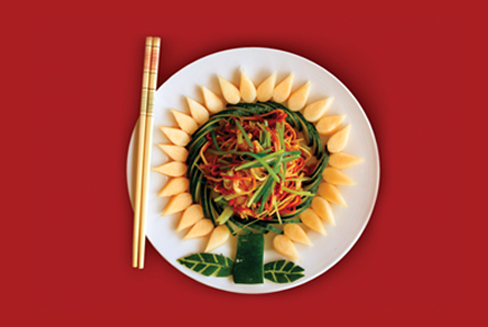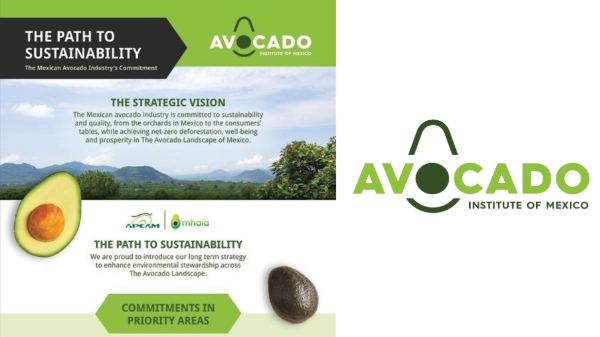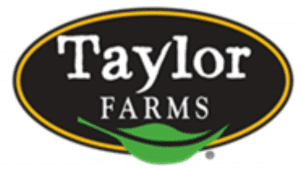Welcome to Blue Book!
Are you ready to join the thousands of companies who rely on Blue Book to drive smarter decisions? View our plans and get started today!
Still have questions? We’d love to show you what Blue Book can do for you. Drop us a line– we’ve been waiting for you.

According to the most recent available data, almost 54 percent of Asian-Canadians were born overseas, which not only increases the demand for Asian produce but makes it critically important for retailers, wholesalers, distributors, and importers to have a connection to Eastern markets. Multilingualism is certainly favored (between 5 and 7 percent of British Columbians are bilingual), and Asian employment in the industry has been on the rise since the late 1990s.
As a net food importer with a sizeable Asian population, British Columbia looks to a network of distributors and suppliers for high-demand specialty commodities—a number of which are crossing over to mainstream acceptance. “Overall, we do business with over 40 countries, which allows us to meet a growing demand for once-exotic items that are now becoming staples,” explains Leonard Jang, vice president and general manager of Van-Whole Produce, Ltd., a Vancouver-based wholesaler that has become one of the province’s largest. “These are markets we have helped develop,” he notes, “and they have grown along with us as more people have become aware of the virtues of Asian produce.”
Carman Yang, chief executive officer of California’s YW International, carries a number of top Asian fruits, vegetables, herbs, and spices. One of the most popular is ginger, which has long been used in Chinese communities not just for cooking, but as a base element for medicinal concoctions, herbal remedies, and even candy.
Another top commodity includes the Thai chili, a small but blistering red chili common to many Asian dishes. YW International sells both, as well as more perishable high-demand goods like bok choy and the increasingly sought after Fragrant pear, the long-stemmed, aromatic, sweeter cousin to European pear varieties. Originally cultivated in China’s Xinjiang province, these highly prized pears have only been available in North America since 2006, when shipments of Asian pears were first exported from China.
IMPORTS AND EXPORTS
British Columbia, sometimes referred to as “The Pacific Gateway,” is Canada’s key link to trade with Pacific Rim nations. Second only to America, Japan is one of the province’s top trade partners, and accounts for as much export value as the next six countries combined.
The province is a net importer of produce, with fresh and processed fruit and vegetable imports amounting to over 10 times as much value as exports ($332 million in imports vs. $32 million in exports). Although the United States is its primary source for both, Japan still makes its presence known, and a small but increasing number of British Columbia’s hearty potatoes make their way to China and Japan each year.








